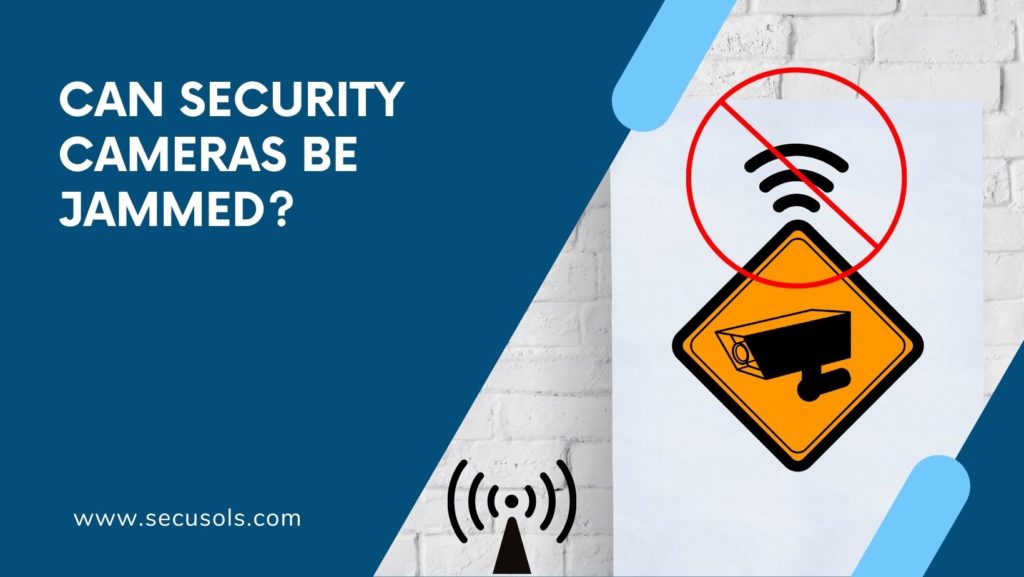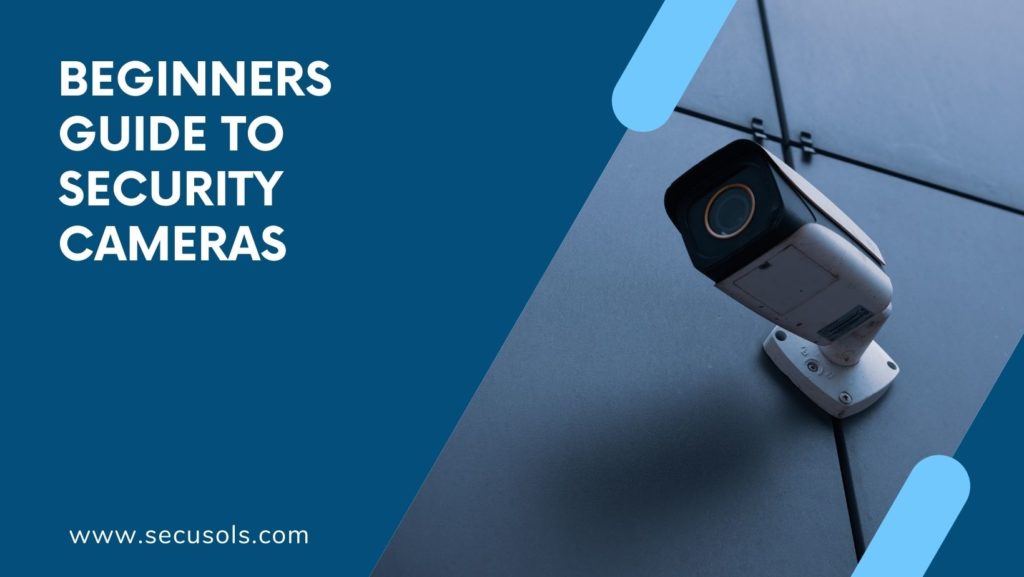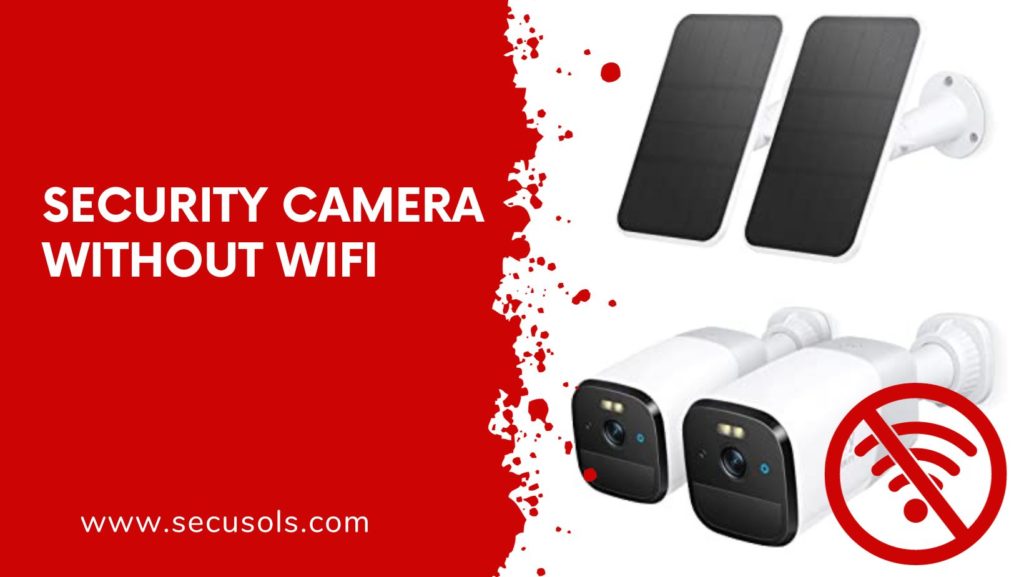Table of Contents
ToggleIn an age of heightened security concerns, security cameras have become an integral part of our lives. Whether they are guarding our homes, businesses, or public spaces, the reliability of these surveillance systems is paramount. But have you ever wondered if security cameras can be jammed? In this blog, we’ll delve into the growing ubiquity of security cameras, explore their significance, and answer the pressing question of whether these watchful eyes can be compromised.
The Growing Ubiquity of Security Cameras
Security cameras are everywhere. You can spot them perched discreetly on street corners, in stores, and even in our homes. Their prevalence is a testament to our collective desire for safety and security.
The Importance of Security Camera Reliability
The reliability of security cameras is not just a matter of convenience; it’s a matter of safety. We rely on these cameras to deter crime, gather evidence, and provide peace of mind. But what if they could be easily tampered with?
The Question of Whether Security Cameras Can Be Jammed
Can security cameras be jammed? That’s the question we aim to answer. To do so, let’s first gain a solid understanding of security cameras themselves.
Understanding Security Cameras
Types of Security Cameras
Security cameras come in various shapes and sizes, but they can be broadly categorized into two main types:
Wired Cameras
Wired cameras are connected to a physical power source and transmit data through cables. They are known for their reliability but may have limitations in terms of placement flexibility.
Wireless Cameras
Wireless cameras, on the other hand, operate over Wi-Fi or other wireless protocols. They offer more placement flexibility but can be vulnerable to certain types of attacks.
Jamming Technology Explained
What Is Jamming?
Jamming refers to the intentional interference with electronic devices, particularly wireless communication systems. It disrupts the normal operation of these devices by flooding their frequencies with noise or false signals.
Types of Jamming Devices
Jamming technology comes in various forms, each targeting specific types of electronic systems. Here are three common types of jamming devices:
1. Radio Frequency (RF) Jammers
RF jammers disrupt communication by emitting strong radio signals on the same frequencies used by wireless devices, rendering them useless.
2. GPS Jammers
GPS jammers interfere with the signals between GPS satellites and receivers, preventing accurate location tracking.
3. Wi-Fi Jammers
Wi-Fi jammers disrupt wireless networks by overpowering them with interference, causing devices to lose connectivity.
How Jamming Works
To jam a device, a jammer emits signals on the same frequencies as the target device. This interference disrupts communication and can render the device ineffective.
Legal and Ethical Implications of Jamming Technology
Jamming technology isn’t just a technological concern; it has significant legal and ethical implications. Using jammers to interfere with electronic systems is illegal, as it can disrupt critical services and infringe on privacy.
Vulnerabilities of Security Cameras to Jamming
Wireless Security Cameras
1. Susceptibility to RF Jamming
Wireless security cameras, despite their convenience, are more vulnerable to jamming attacks, especially those involving Radio Frequency (RF) jamming devices. These jammers flood the airwaves with interfering signals, causing disruptions in wireless camera communication. Hackers can exploit this weakness to disable the cameras temporarily.
2. Weaknesses in Wi-Fi Connections
Many wireless security cameras rely on Wi-Fi connections for data transmission. Wi-Fi jammers can disrupt these connections by overpowering the wireless signal or by exploiting vulnerabilities in the security protocols. Once the Wi-Fi connection is compromised, the camera’s functionality can be severely affected.
Wired Security Cameras
1. Vulnerabilities in Power Sources
Wired security cameras are not immune to jamming attempts either. Attackers can target the power sources of these cameras, either by physically cutting power lines or through remote interference. When power is disrupted, the camera ceases to function, leaving blind spots in your surveillance coverage.
2. Physical Tampering Risks
Another vulnerability of wired cameras lies in their physical infrastructure. An intruder with malicious intent can tamper with the camera itself, disabling or obscuring its lens. This tampering can go unnoticed until it’s too late to capture critical footage.
Countermeasures and Prevention
How to Protect Security Cameras from Jamming
Protecting your security cameras from jamming requires a multi-faceted approach. Here are some effective countermeasures:
1. Encryption and Authentication
Implement strong encryption and authentication protocols for your camera’s communication. This can make it much harder for hackers to intercept or manipulate the camera’s signal.
2. Physical Security Measures
Secure your cameras physically. Use tamper-resistant housings, install cameras out of reach, and protect power sources with locks and enclosures. Physical security measures can deter tampering attempts.
Legal Implications of Countermeasures
While protecting your security cameras is essential, it’s crucial to be aware of the legal implications associated with countermeasures. Some jamming countermeasures may run afoul of local regulations and laws, so it’s vital to consult with legal experts to ensure compliance.
The Role of Cybersecurity in Camera Protection
Incorporate cybersecurity practices into your camera protection strategy. Regularly update firmware, use strong passwords, and monitor for any unusual activity on your network. These measures can help prevent unauthorized access to your surveillance system.
Final Thoughts on the Future
The future of security camera technology is promising, with AI integration offering enhanced capabilities. However, it’s essential to remain aware of potential vulnerabilities and to adopt best practices for cybersecurity and privacy. As technology evolves, so should our approach to security, ensuring a safer and more secure world for all.





